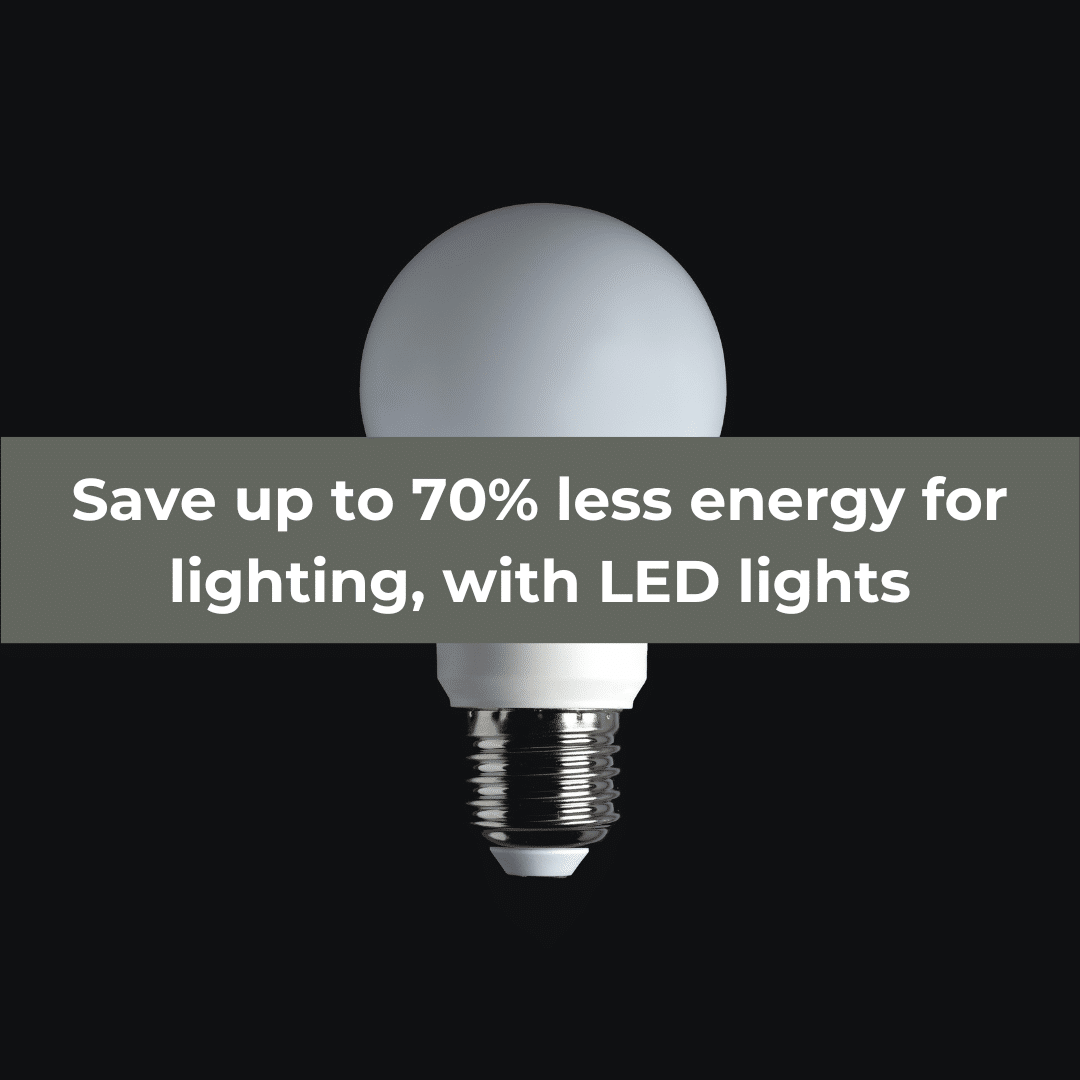The main motivations to purchase an electric vehicle is for their fuel-saving abilities and environmental benefits.
On average, Australians drive 36 km per day. A standard EV can travel about 6.5km on 1kWh of battery charge. That means around 5.4 kWh is needed a day to charge the electric car from your solar panels.
Example for a Tesla Model 3
1. How many kWh of electricity do you need to travel one kilometer?
Cars model | Battery capacity, kWh | Range, Km | Kwh / Km |
Tesla model 3 | 75 | 500 | 0.15 |
You will need 0.15kWh per day for every kilometer drive.
2. How many kWh you will need if you travel on average km daily (36km)?
Cars model | Km / day | kWh / km | Total kWh per day |
Tesla Model 3 | 36 | 0.15 | 5.4 |
You will need 5.4kWh per day to charge your electric vehicle.
3. How much solar power do you need to charge your electric car?
Cars model | Total kWh | Peak Sun hours / per day | Solar power system size, kW |
Tesla Model 3 | 5.4 | 4.2 | 1.3 |
You will need 1.3 kw of solar daily to charge your electric vehicle.
4.
How much power does a solar system produce?
Solar system sizes and electricity production (average)
Size of solar panels system in kilowatts | Kilowatt hours of electricity produced per day |
|---|
6.6kW | 23.10kWh |
|---|
10kW | 42kWh |
|---|
15kW | 63kWh |
|---|
In summary, if you are traveling an average of 36 km per day, you will need 5.4kWh per day to charge your electric vehicle. This means you will be needing an additional 1.3kW solar power if you choose to charge it using solar during the day..
If you currently have solar, and 6.6kw system size. Let’s say you are using 9kWh for the household, during the day, and you are feeding 14kWh into the grid. You can now use that excess 14kWh to charge your EV if you charge it during the day.
However, it would be different if you were to recharge it at night. For night time charging, you will be needing a battery so you can store some of the 14kWh excess power and use it for night time charging.
This however applies to average travel distances. If you are traveling longer than 36 kms per day, let’s say 120 km per day, you will need 18kWh to charge your EV with solar. In this case, you may need to upgrade your current system to meet your energy needs. Another 5kW of solar power would be required for enough energy to charge your vehicle during the day.
What happens if you cannot charge through the day?
Let’s say you work away from your home and you can only charge on the weekends. You will need enough solar power to potentially charge your car in two days. If you drive 36km per day you will need a system capable of providing for your home energy needs as well as another 27kWh for your EV.
What happens if you can’t charge your vehicle during daylight hours on the weekends?
Option A: For those of you with smart meters…Some retailers are starting to offer lower rates for charging during non peak hours for example midnight to 6 am
Option B: Another option maybe to store energy in a battery during the day to draw down at night. The disadvantage of this option is the large capital outlay for the extra batteries, as well as the extra panels to generate the energy to be stored.










